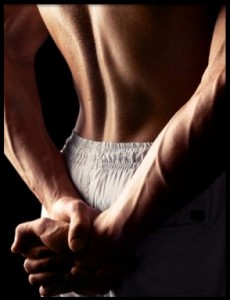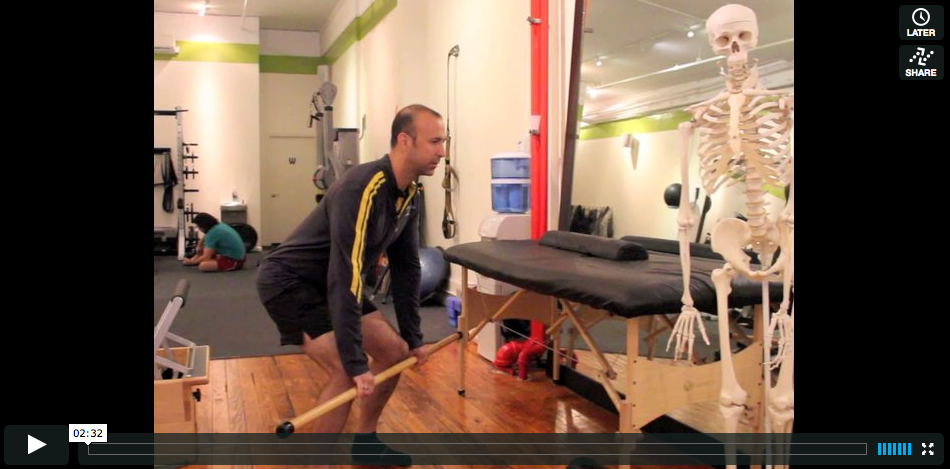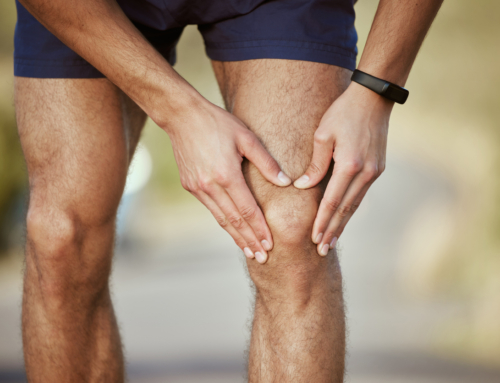by Daniel Lucas …
 When we take a deeper look into why people in America are spending billions of dollars to try and relieve lower back pain, we have to start the conversation by talking about the nature of our mostly sedentary, repetitive lives. An average day in our society–sitting all day at the computer, and then going home to relax and watch TV on the couch–could be the number one cause of low back pain! This type of sedentary lifestyle will lead to weakness in your key stabilizing muscles, and is almost guaranteed to set you up for injury, if you don’t move to keep your muscles active and strong.
When we take a deeper look into why people in America are spending billions of dollars to try and relieve lower back pain, we have to start the conversation by talking about the nature of our mostly sedentary, repetitive lives. An average day in our society–sitting all day at the computer, and then going home to relax and watch TV on the couch–could be the number one cause of low back pain! This type of sedentary lifestyle will lead to weakness in your key stabilizing muscles, and is almost guaranteed to set you up for injury, if you don’t move to keep your muscles active and strong.
Even if you do exercise, it is does not guarantee that you won’t experience some kind of back pain in your life. By training properly, however, you complement better posture and total body strength, therefore minimizing the risk or severity of any injury. Learning how to bend, twist and lift heavy things with proper form is part of what functional exercise is all about. Having a high level of function with quality strength and flexibility is ultimately what prevents back injury.
For this month’s Healthy Lower Back segment, we will share three specific exercises to help you strengthen your core, hips and lower back. Having a healthy back is about more than just having strong back muscles! Take a moment to watch all three videos.
Toe tap
 The toe tap targets muscles that are designed to fire before or as we make most functional movements, like squatting, lifting, lunging, pushing or pulling. This exercise is for the beginner lacking in proper core function, or for those with lower backs that are in pain or prone to going into spasm.
The toe tap targets muscles that are designed to fire before or as we make most functional movements, like squatting, lifting, lunging, pushing or pulling. This exercise is for the beginner lacking in proper core function, or for those with lower backs that are in pain or prone to going into spasm.
Quadruped
 This modified infant development exercise is used to integrate your left and right sides of the body, and to activate muscles of the core/back and rotators of the spine.
This modified infant development exercise is used to integrate your left and right sides of the body, and to activate muscles of the core/back and rotators of the spine.
.
Dead Lift
 The dead lift is one of the most functional exercises out there! It works the entire body and strengthens the hips, core and lower back. Start with little or no weight, and work on perfecting your “hip hinge” to be sure you are performing this exercise correctly.
The dead lift is one of the most functional exercises out there! It works the entire body and strengthens the hips, core and lower back. Start with little or no weight, and work on perfecting your “hip hinge” to be sure you are performing this exercise correctly.





